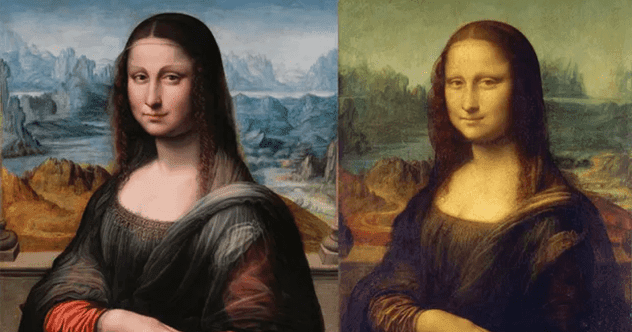The world of art is full of surprises, and even the most famous paintings can hold secrets that are only revealed after years of study. From hidden codes to accidental additions, here are ten rare and fascinating discoveries about famous artists and their art.
The Grasshopper On Van Gogh’s Brush

Vincent Van Gogh’s “Olive Trees,” painted in 1889, is a beloved masterpiece. In 2017, a surprising discovery was made: a tiny grasshopper embedded in the paint. It wasn’t a deliberate inclusion but rather an accidental addition as the artist unknowingly pressed the insect onto the canvas. The grasshopper remained hidden for 128 years, a testament to the secrets art can hold.
A Master’s Fingerprint

Pieter de Hooch might not be as famous as some other Dutch Masters, but his work is full of interesting details. During a recent cleaning of his 1650s painting, “Cardplayers in a Sunlit Room,” conservators found a fingerprint on the tiled floor, likely left when the painting was moved while still wet. Additionally, his name was discovered hidden on a window frame in “Woman Weighing Gold and Silver Coins,” suggesting he liked to leave personal marks on his art. A third discovery revealed faint ships in the sky of “A Dutch Courtyard,” remnants from a previous painting on the reused canvas.
Hidden Details Of A Vermeer
Johannes Vermeer’s “Girl With a Pearl Earring” is an iconic painting full of mystery. In 2020, detailed analysis revealed that the girl originally had eyelashes, which had faded over time. The examination also uncovered that Vermeer had painted a green curtain in the background, later covering it with a dark void. Furthermore, the artist used a significant amount of expensive blue pigment derived from lapis lazuli to paint the girl’s headscarf, highlighting the value Vermeer placed on his materials.
Mysterious Vandalism Finally Solved
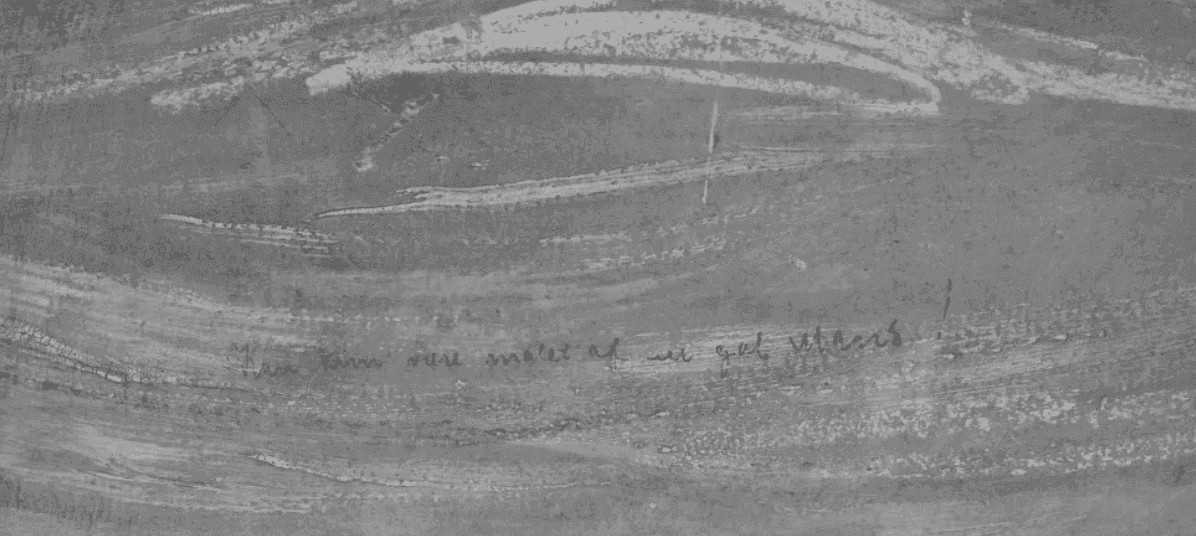
A disturbing inscription on Edvard Munch’s “The Scream” puzzled art critics for years. Written in pencil in the top-left corner were the words, “Could only have been painted by a madman!” In 2021, experts confirmed that the vandal was none other than Munch himself. The troubled artist was likely influenced by criticism and his own worries about mental illness, leading him to deface his own masterpiece.
The Da Vinci Study
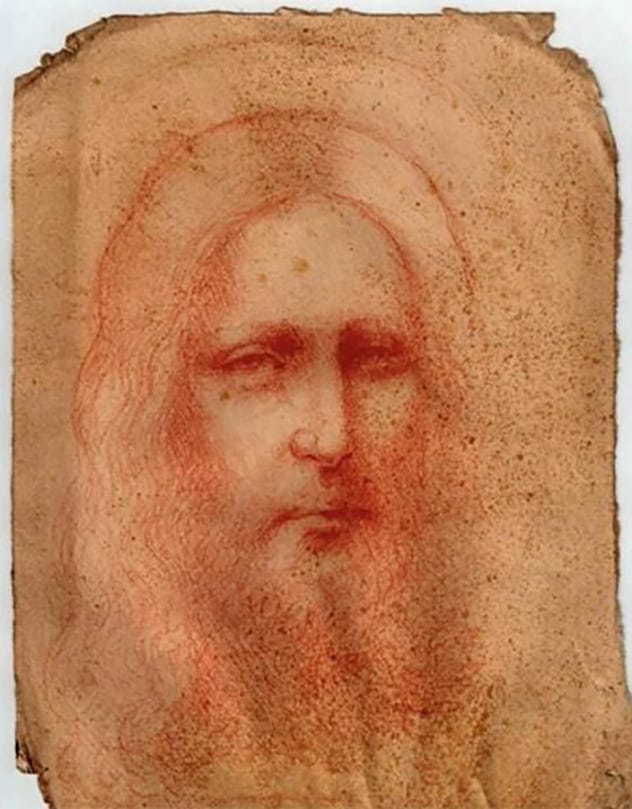
In 2020, an exciting claim emerged: a new study by Leonardo da Vinci had been identified. The sketch, dating back to the early 16th century, displayed da Vinci’s signature techniques. Experts believe it was a preparatory sketch for “Salvator Mundi.” What’s more, some suggest that the “Salvator Mundi” sold at Christie’s may not be the real deal, and this sketch reveals the true face of da Vinci’s original masterpiece.
Painter Protected Her Art With Hidden Signatures
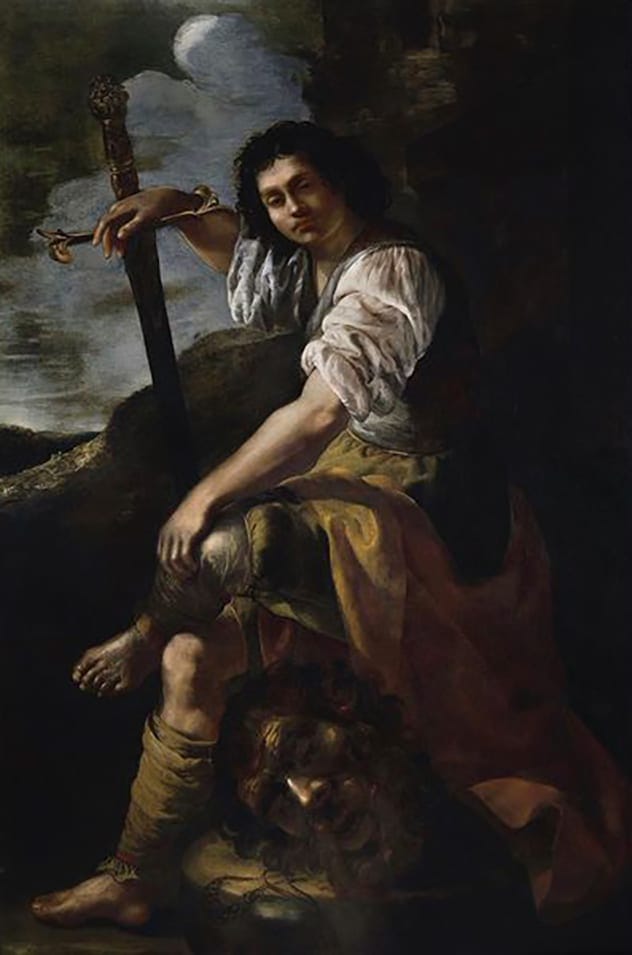
Artemisia Gentileschi, a talented 17th-century painter, faced constant dismissal of her work due to her gender. To combat this, she began hiding her signature within her paintings. In 1975, a painting called “David and Goliath” surfaced, initially attributed to Giovanni Francesco Guerrieri. However, in 2020, restoration revealed Artemisia’s hidden name on the hilt of David’s sword, confirming her as the true artist.
The Other Salvator Mundi Artist
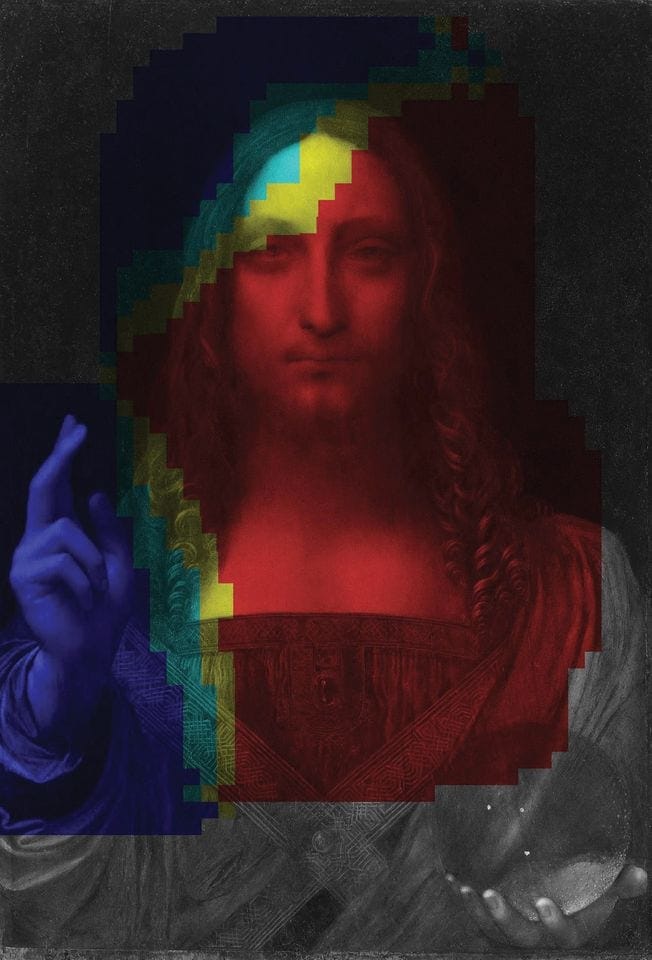
The painting “Salvator Mundi” continues to be a subject of debate in the art world. Recent studies suggest that Leonardo da Vinci may not have been the sole artist behind the work. Investigations by the Louvre and independent scientists indicate that while the head and torso are distinctly da Vinci’s, the arms were likely added later by another artist. This raises questions about the true authorship and originality of the famous portrait.
Codes Inside The Mona Lisa’s Eyes
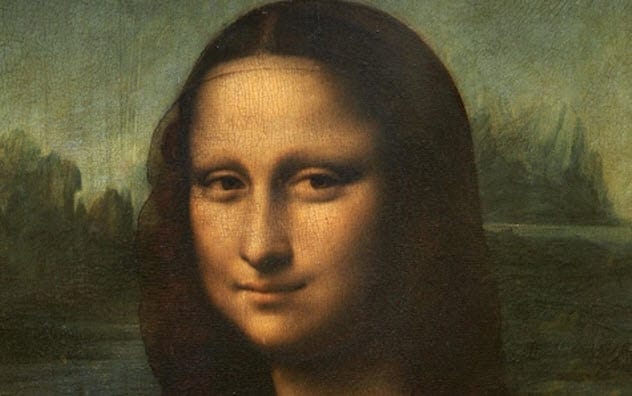
The Mona Lisa, the world’s most famous painting, continues to yield secrets. In 2010, hidden codes were discovered in the subject’s eyes. The left eye contains markings resembling ‘B’ or ‘CE,’ while the right eye shows ‘LV,’ possibly representing Leonardo da Vinci’s initials. Additionally, the number ’72’ (or ‘L2’) was found on the arch of the bridge in the background. These minuscule codes, invisible to the naked eye, add another layer of mystery to da Vinci’s masterpiece.
A Childhood Michelangelo
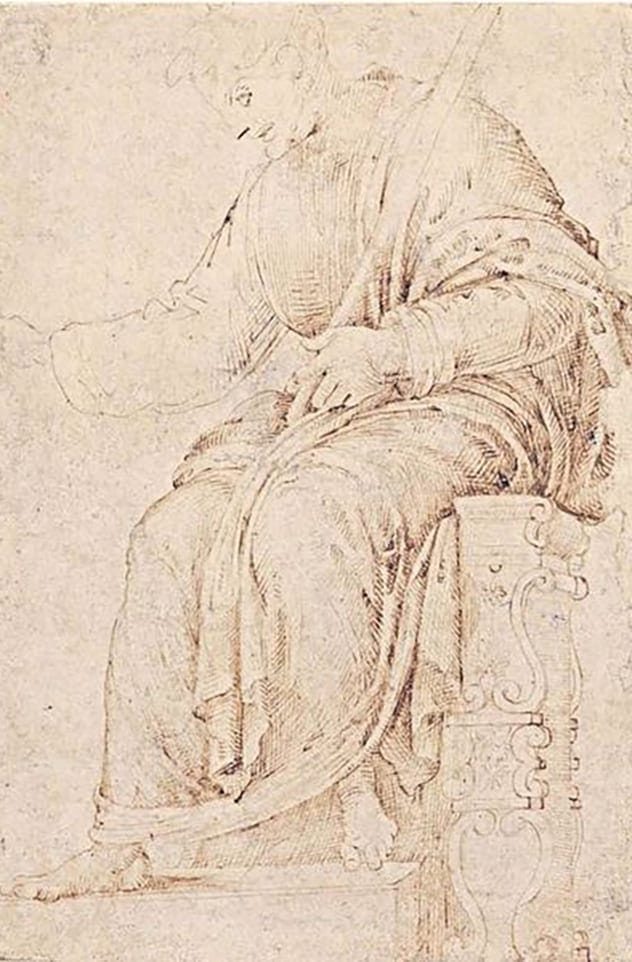
Michelangelo, known for his perfectionism, famously burned many of his early drawings. However, one piece may have survived. In 2019, a private collector had a sketch called “The Seated Man” assessed, and experts recognized it as Michelangelo’s work. Remarkably, the sketch dates back to his early years, around 1487-1490, when he was just 12 or 13 years old. The drawing, created with two types of brown ink and displaying his unique facial drawing techniques, reveals the extraordinary talent Michelangelo possessed even as a child.
The Mona Lisa 3-D Set
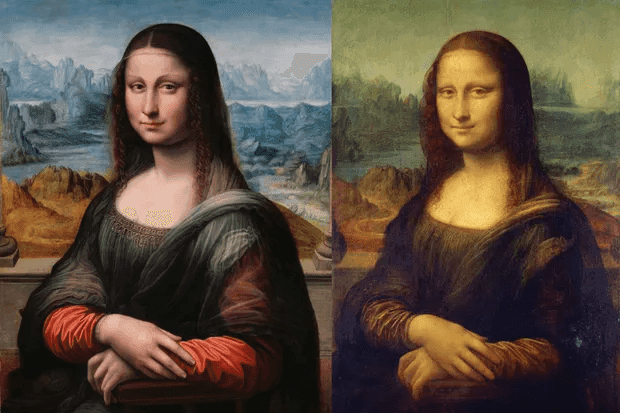
For years, a “Mona Lisa” copy hung unnoticed in a Spanish museum. In 2012, scientists realized the portrait closely resembled the original, suggesting it was created by da Vinci or one of his students. The paintings weren’t identical; the perspectives differed by about 2.7 inches, the average distance between human eyes. Experts hypothesized that da Vinci created the Mona Lisas as a stereoscopic pair, creating a 3-D effect when viewed together. If confirmed, the Mona Lisa could be recognized as part of the world’s oldest 3-D artwork.
These rare discoveries offer a new appreciation for the artistry and secrets behind some of the world’s most famous paintings. From hidden insects to hidden signatures, there’s always something new to discover in the world of art.
What’s the most surprising art discovery you’ve ever heard of? Leave your comment below!


